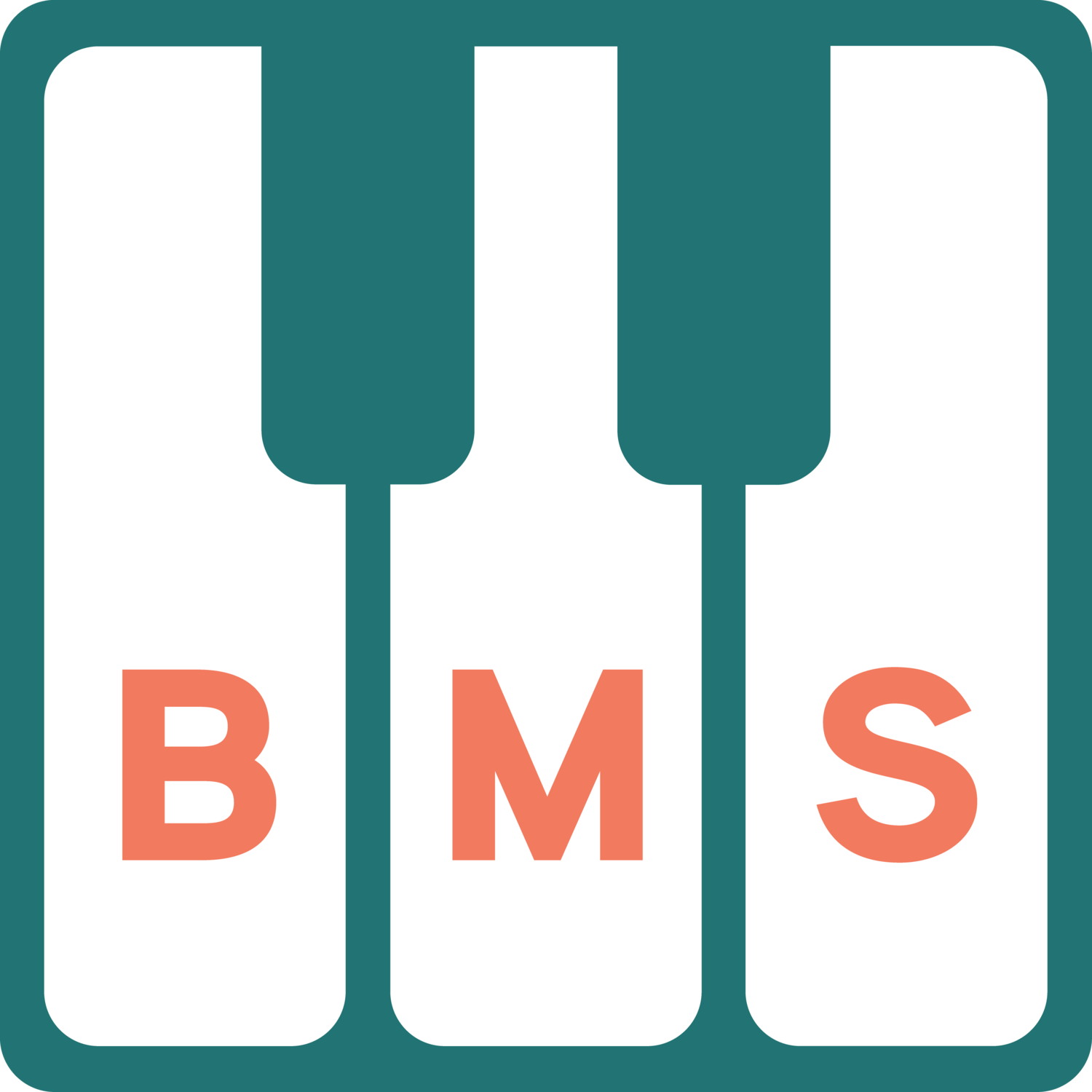Sight Reading: Piano
Sight reading, or playing something for the first time while reading it, is usually an overwhelming idea for most students. I hear lots of students initially who really dislike sight reading, or tell themselves they aren’t very good at it. The simple fact is, sight reading is a huge part of being a musician, especially if you want to accompany other musicians, or play as part of a group of ensemble. Even if you are learning for your own enjoyment, it would be much easier to get to the enjoying part faster, instead of spending an hour just to go over two lines.
To improve your sight reading first start by making sure the piece you are sight reading is at an appropriate level. If you are relatively new, basically everything you will be doing is sight reading. As you further advance you will probably have pieces that you prepare or regularly practice at a certain level of difficulty, especially if you are working through a program like RCM piano. If this is where you are at, then when your practice sight reading, it should be either slightly below your current “level” or if you really want to push yourself try reading at your current “level.”
Once you have established what pieces you should be looking at for sight reading practice, then we have to actually do it. So here are a quick few tips on how to actually approach a piece for the first time. Take a second to observe the basic elements of the piece. Look at the key signature, establish what key you might be playing in. Look at the time signature, and find the note with the shortest written value, this note will determine how you count the piece. If you are in 4/4 time, and you see a few 16th notes, count the whole passage accounting for those 16ths (1-e-and-a, 2-e-and-a etc). Check your clef’s to make sure you know where you are actually starting on the piano.
Once you have established the basics of key, time, and starting positions, next comes the actual notes. Don’t waste time actually going through and identifying every single note, look instead for the general direction of the notes (are they moving up, down, staying the same) and identify any large leaps or ledger line notes. Observe any dynamic or articulation markings to get a better sense of the character of the piece. Then, before you actually start, count out an empty bar in your head or silently to yourself to establish your base tempo, and begin! While you are going, this is when you will actually “read” the notes. Once you have started, DON’T STOP. You will probably make some mistakes, but the element that really separates a musician from being a good sight reader, is the ability to keep going. As long as you keep that steady tempo going, and count your rhythms, if you make a mistake, just keep counting and move on to the next beat without stopping to correct. This will probably be the hardest part for most, as most of us always want to immediately fix any mistakes we notice, fixing mistakes is what regular practice is for, sight reading should be about getting a first look at the piece to see where it goes.
As a voice teacher, sight reading has been an essential skill I use all of the time. If a voice student comes into their lesson and they have a new song, being able to jump right in with the sheet music and start working on it is an incredibly valuable skill.
One final thought, the only way to really get better at sight reading, is by doing more of it. Start with small sections, 4-8 bars, in the middle of a piece. Only start reading from the beginning when you get to a point where you will attempt to read at least the whole page. Try to incorporate sight reading into your warm-up routine, or start with sight reading instead of scales today. Sight reading is an incredibly important skill that will help any musician or music lover of any level.

DISCLAIMER
I am not a medical doctor. These posts are all anecdotal, based on experiences through my own learning, understanding and teaching. My musical knowledge is based primarily in the Western classical tradition, which by no means defines the only perspective to learn and understand music.

